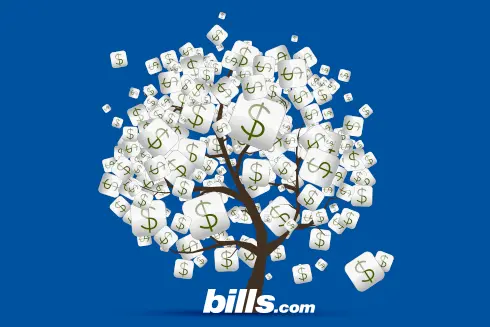Bare Collection Account
I read collection agents cannot collect on bare accounts. What is a 'bare account' and how do if I know if my account is bare?
If a debt collector has a bare account and a debtor requests validation, the debt collector has no way to validate a bare account. Please help me understand what a "bare account" is.
Collection agents work in one of two ways. First, they may work as an agent on behalf of the original creditor -- the credit card issuer, department store credit department, medical service provider, or other organization that is owed money. Second, the collection agent may purchase a collection account from an original creditor.
Actually, it is rare for a collection agent to buy a single collection account from an original creditor. It is customary for creditors to sell collection accounts to companies that place a number of collection accounts into a pool or portfolio, which is then sold to a collection agency.
The portfolios may be bare or fully documented. A bare account will consist of the following information:
- Account Number
- Balance
- Open Date
- Last Pay
- Charge-Off Date
- Name
- Social Security Number
- Last Known Address
- Last known telephone number
- Debt Type
- Issuer
Debt collection is governed by a federal law Section 809(b), 15 U.S.C. § 1692, which is also known as the Fair Debt Collection Practices Act (FDCPA). When a collection agent contacts a consumer the first time regarding a debt, the consumer has 30 days after receiving the initial communication to request a debt verification, which is sometimes called debt validation. Five days after the initial communication, the collection agent must give notice to the consumer that he or she has the right to verify the debt. A collection agent need not respond to a request for verification if the consumer sends the request after this 30-day period.
Is it worth your time to validate a debt? Yes! Collection agents cannot validate 41% of the accounts less than 3 years old. Collection agents cannot validate 64% of the accounts 6 years of age or older. Overall, the debt industry can validate about half of all accounts (The Structure and Practices of the Debt Buying Industry (PDF)). The least likely accounts to be validat-ed are med-ical, tele-com-munica-tions, and utility debts.
The collection agent can either provide verification/validation of the debt and continue collection activity, or the collection agent must stop collection activity until it provides the consumer with verification of the debt. Under the FDCPA, collections must cease until verification is mailed to the consumer.
What happens behind the scenes during the verification/validation process? In some cases the account is returned to the original creditor for research and assembly of materials and proof of the debts. The proof may consist of copies of receipts and invoices, and other itemized evidence that would prove that transactions took place, such as the original amount due and the payment history. Also, a copy of the original loan agreement or credit card application, or lacking that, account statements from the original creditor will help establish debt validation/verification. If the collection agent can provide detailed account information, collection activity can proceed.
A collection account containing itemized details is known as a fully documented account, and is in contrast to a bare account, which contains no details.
If the collection agent cannot validate/verify the debt, collection activity on that debt must cease. Additionally, debt that cannot be validated/verified cannot be reported to the credit reporting agencies (i.e., Equifax, Experian, and TransUnion). A collection agent that attempts to collect on a debt it cannot verify is in violation of the FDCPA. Also, a collection agent is in violation of the FDCPA if it reports a debt it cannot validate to a credit reporting agency.
Recommendation
You have 30 days from the date you receive a collections notice to validate a debt. You can find a sample debt validation letter at the Bills.com debt self-help center. To learn more about your rights as a debtor, read the Bills.com resource Collections Advice.
I hope this information helps you Find. Learn & Save.
Best,
Bill
Debt statistics
If you are struggling with debt, you are not alone. According to the NY Federal Reserve total household debt as of Quarter Q4 2023 was $17.503 trillion. Student loan debt was $1.601 trillion and credit card debt was $1.129 trillion.
A significant percentage of people in the US are struggling with monthly payments and about 26% of households in the United States have debt in collections. According to data gathered by Urban.org from a sample of credit reports, the median debt in collections is $1,739. Credit card debt is prevalent and 3% have delinquent or derogatory card debt. The median debt in collections is $422.
Collection and delinquency rates vary by state. For example, in Kentucky, 16% have student loan debt. Of those holding student loan debt, 10% are in default. Auto/retail loan delinquency rate is 4%.
Avoiding collections isn’t always possible. A sudden loss of employment, death in the family, or sickness can lead to financial hardship. Fortunately, there are many ways to deal with debt including an aggressive payment plan, debt consolidation loan, or a negotiated settlement.
